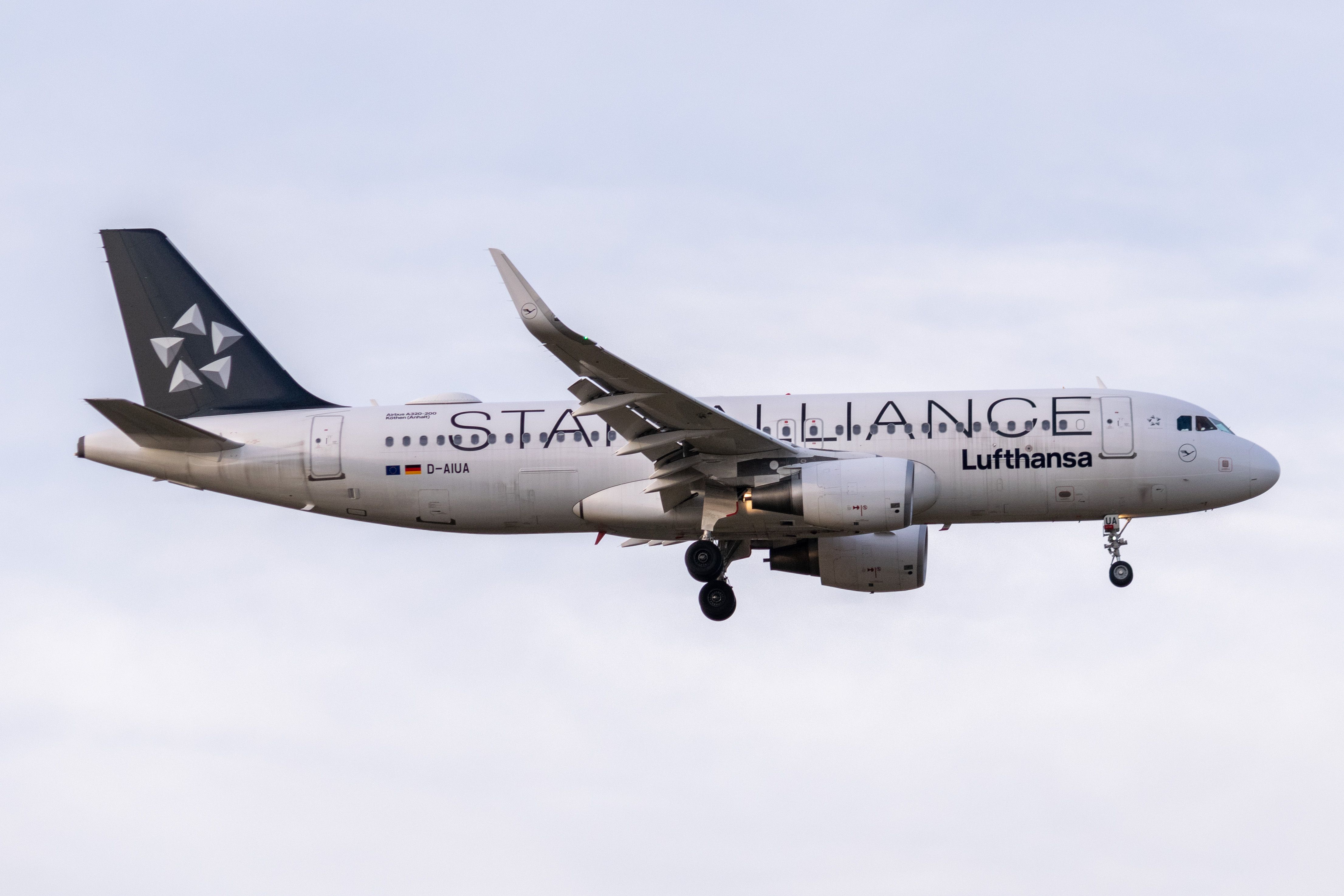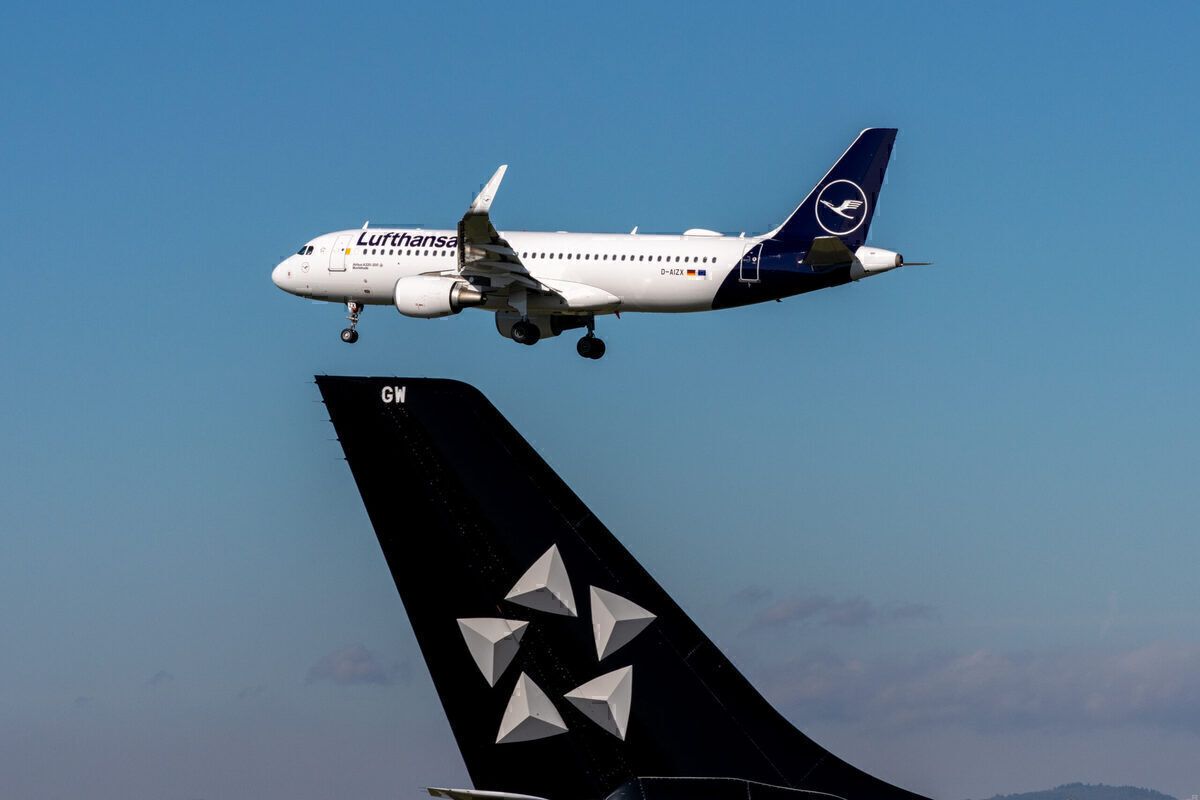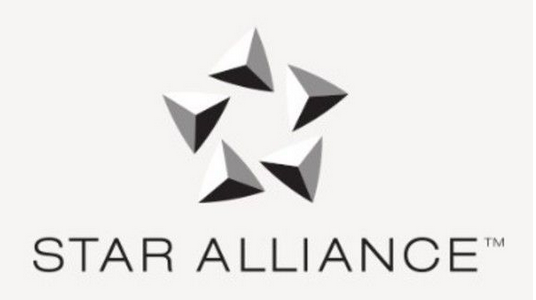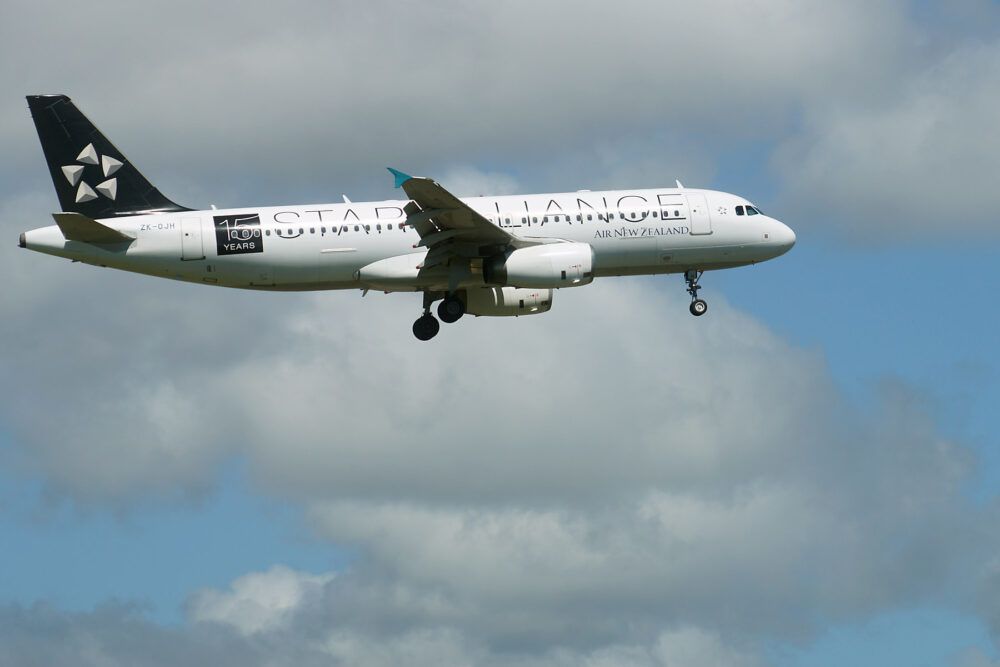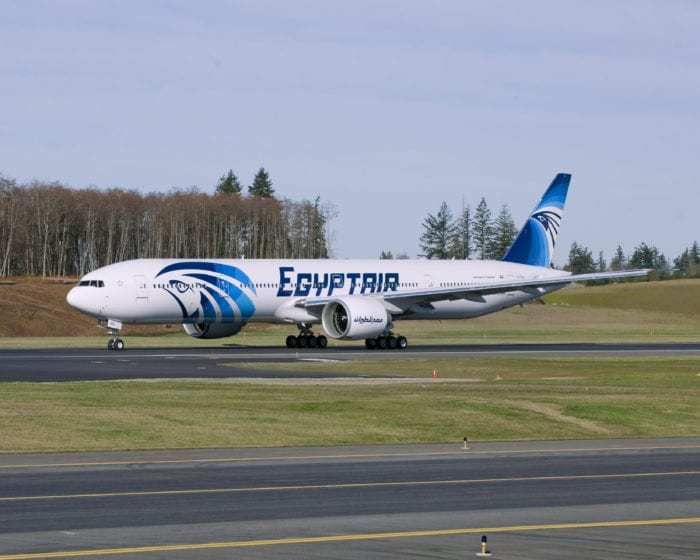Star Alliance
- Business Type
- Airline Alliance
- Date Founded
- 1997-05-14
- CEO
- Jeffrey Goh
- Headquarters Location
- Frankfurt, Germany
- Airlines
- Aegean Airlines, Air Canada, Air China, Air India, Air New Zealand, All Nippon Airways, Asiana Airlines, Austrian Airlines, Avianca, Brussels Airlines, Copa Airlines, Croatia Airlines, Egyptair, Ethiopian Airlines, EVA Air, LOT Polish Airlines, Lufthansa, SAS, Shenzhen Airlines, Singapore Airlines, South African Airways, SWISS, TAP Air Portugal, Thai Airways, Turkish Airlines, United Airlines
Coalitions of airlines can be quite advantageous and mutually beneficial for their member airlines in the highly-competitive commercial air transport industry. Such is the case with the Star Alliance which celebrated its 25th anniversary this week (May 14th).
There is strength in numbers
The Star Alliance is a conglomerate of 26 airlines that banded together to offer flights that mutually benefit them in sales and marketing, particularly via an expansive route network and passenger service. There are several benefits to having this type of relationship, one of which is the ability to codeshare flights.
A codeshare agreement is formed between airlines that assign their respective flight numbers on flights operated by one of the participating carriers. This allows the participating companies to offer more destinations and frequencies while improving passenger service under their own airline designator and flight number.
While the flight numbers are equally shared, one of the codeshare partners (referred to as the ‘operating carrier’ or ‘administrative carrier’) will actually operate the flight and the other(s) will focus on the marketing and referral efforts. These are referred to as the ‘marketing carrier’.
Lufthansa is a member of the Star Alliance. Photo: Tom Boon – Simple Flying
A Star (alliance) is born
In the mid-1990s, five airlines discussed the possibility of joining forces against an increasingly competitive market. On May 14th, 1997, Air Canada, Lufthansa, SAS, Thai Airways International, and United Airlines officially launched the Star Alliance network. Five months later, Air Canada and SAS began to codeshare flights. Just a month after that, VARIG joined the Star Alliance network and remained a member until 2007.
In 1999, ANA, Ansett Australia, and Air New Zealand signed on as new members. As airlines continued to join the alliance, the recognition for a central management team and headquarters became increasingly evident. So, in 2000, the alliance opened a business center in Frankfurt and appointed Friedel Rödig as the CEO of Star Alliance.
Other notable milestones include the opening of its first lounge in 2001, the launch of its first ever alliance-branded ticket counter at Amsterdam Airport Schiphol in 2012; and in 2019 was voted ‘Best Airline Alliance’ by Skytrax (for the fourth consecutive year).
Star Alliance was the first airline alliance formed in 1997 – oneworld would follow very soon after. Image: Star Alliance
Members celebrate their own milestones
Having 26 major carriers in one group can be complex in terms of unique operational needs, yet each member maintains its own unique style and identity. With such a large membership, it’s not uncommon to see individual milestones celebrated, and coincidentally, three carriers recently celebrated their own anniversaries, just a few days before the alliance’s 25th celebration.
For example, Air New Zealand celebrated its 82 ‘birthday’ on April 29th. It did so with a look back at its crew uniforms on social media while inviting Facebook visitors to post their favorite memories with the Kiwi flag carrier.
Egypt Air marked a golden milestone as it turned 90 years old on May 7th. Founded in 1932, Egypt’s flag carrier joined the alliance in 2007 – the first Arab country and second African country to do so.
EgyptAir had a recent birthday too. Photo: Boeing
Finally, alliance member Thai Airways just marked its 62nd anniversary on May 1st. As previously mentioned, the airline was one of the original founders of the Star Alliance, and with its reorganization petition being approved in 2020, is in the process of refining its operations.
The Star Alliance started was the impetus for other airlines to consider forming their own groups. Thus, the formation of oneworld took place in 1999 and SkyTeam in 2000. Nevertheless, Star Alliance is the leader in terms of size and scope of routes.
Today, the Alliance has expanded to 26 member airlines, who together operate 10,000 daily flights to almost 1,200 airports in 184 countries.
The 26 members of Star Alliance. Image: Star Alliance
Currently, the members are: Aegean Airlines, Air Canada, Air China, Air India, Air New Zealand, ANA, Asiana Airlines, Austrian, Avianca, Brussels Airlines, Copa Airlines, Croatia Airlines, EGYPTAIR, Ethiopian Airlines, EVA Air, LOT Polish Airlines, Lufthansa, Scandinavian Airlines, Shenzhen Airlines, Singapore Airlines, South African Airways, SWISS, TAP Air Portugal, THAI, Turkish Airlines, and United Airlines.
Read Next
About The Author

